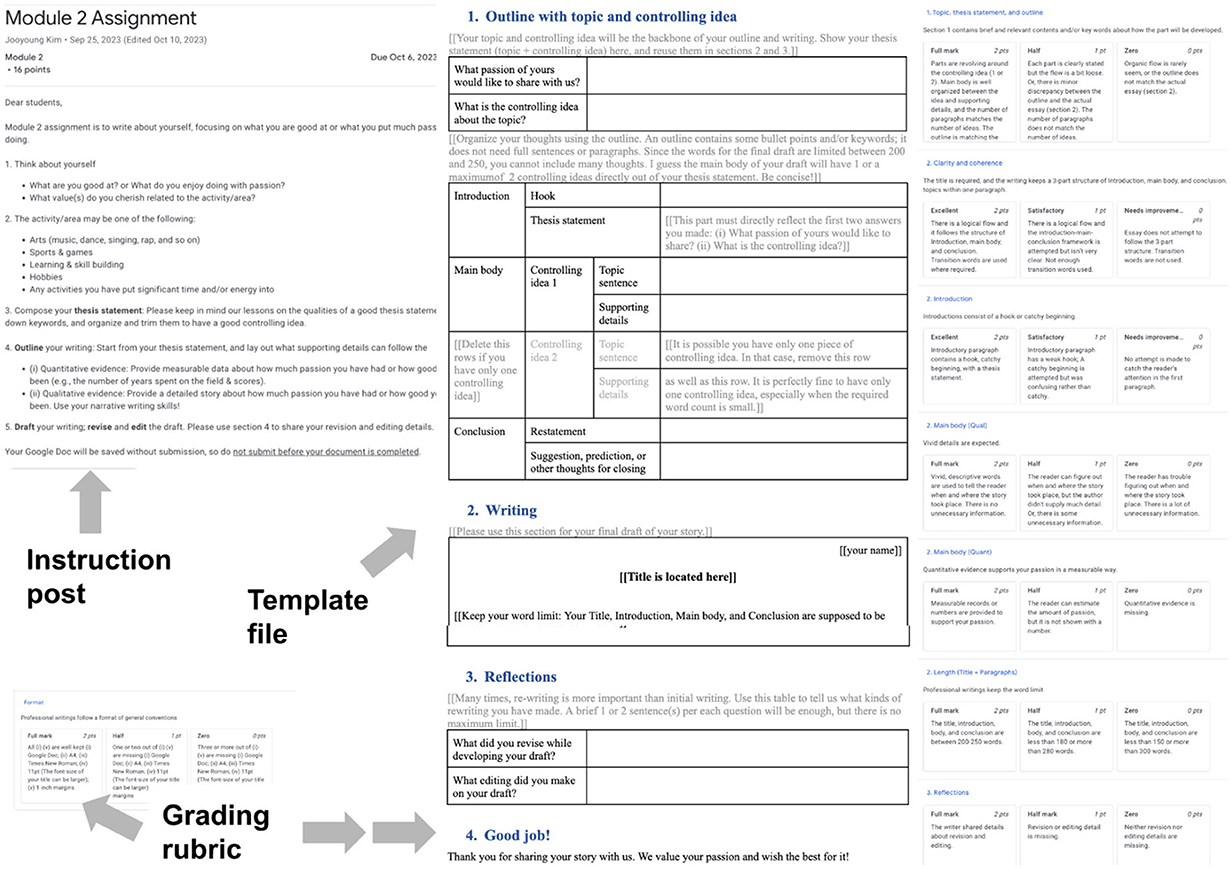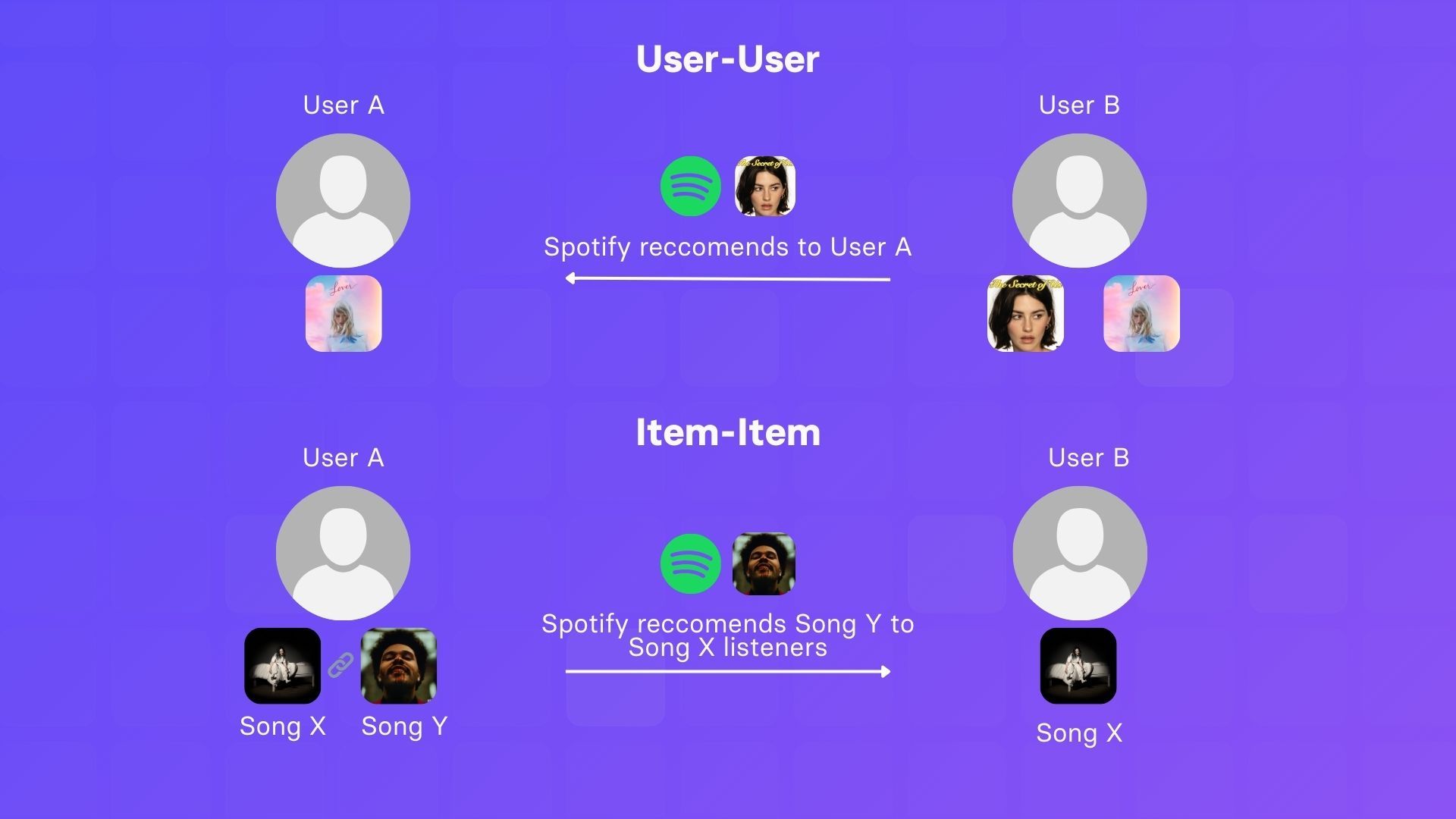**Take Command of Your Musical Algorithm, and Prepare for 2026**
Spotify is transforming how users engage with their music libraries through a new feature called “Prompted Playlists.” This groundbreaking capability, currently being tested in beta for Premium users in New Zealand, enables users to take command of their musical algorithm by creating personalized playlists based on their own descriptions and preferences.
**What You Should Know**
– Spotify has introduced a beta for a Premium feature titled “Prompted Playlists,” giving users the power to manage their musical algorithm.
– Users can generate personalized playlists by articulating the kind of music they wish to listen to, akin to Discover Weekly.
– The feature takes advantage of users’ listening history, tracing back to their earliest Spotify experiences.
– The beta is presently accessible in New Zealand, with no declared plans for a U.S. rollout at this time.
Spotify’s latest feature allows users the liberty to design playlists that resonate with their individual interests and curiosities. By pressing “Create” in the app, users can specify the nature of the playlist they desire, whether they seek new genres like metalcore or are immersing themselves in a K-Pop phase.
The “Prompted Playlists” feature utilizes the user’s complete Spotify listening history to customize the playlist experience. Users can determine how frequently the playlist refreshes, opting for daily or weekly updates. Additionally, an “ideas” button presents suggestions for those who are uncertain about where to begin.
Once a playlist is created, Spotify provides a narrative for each song, enhancing the sense of dynamism and life within the playlist. This feature is aligned with Spotify’s broader vision to cultivate a more personalized and responsive music experience.
As 2025 nears its conclusion, Spotify Wrapped has unveiled new features such as “listening age” and “top albums,” alongside the familiar “top songs” and genre insights. The platform continues to innovate, striving to improve user control and interaction with their music.
Although the “Prompted Playlists” feature remains in beta, Spotify alludes to further advancements for 2026, promising an even more tailored experience for both listeners and artists. As users look forward to these modifications, they can envision a future where their musical preferences take center stage in their Spotify journey.
Read More

